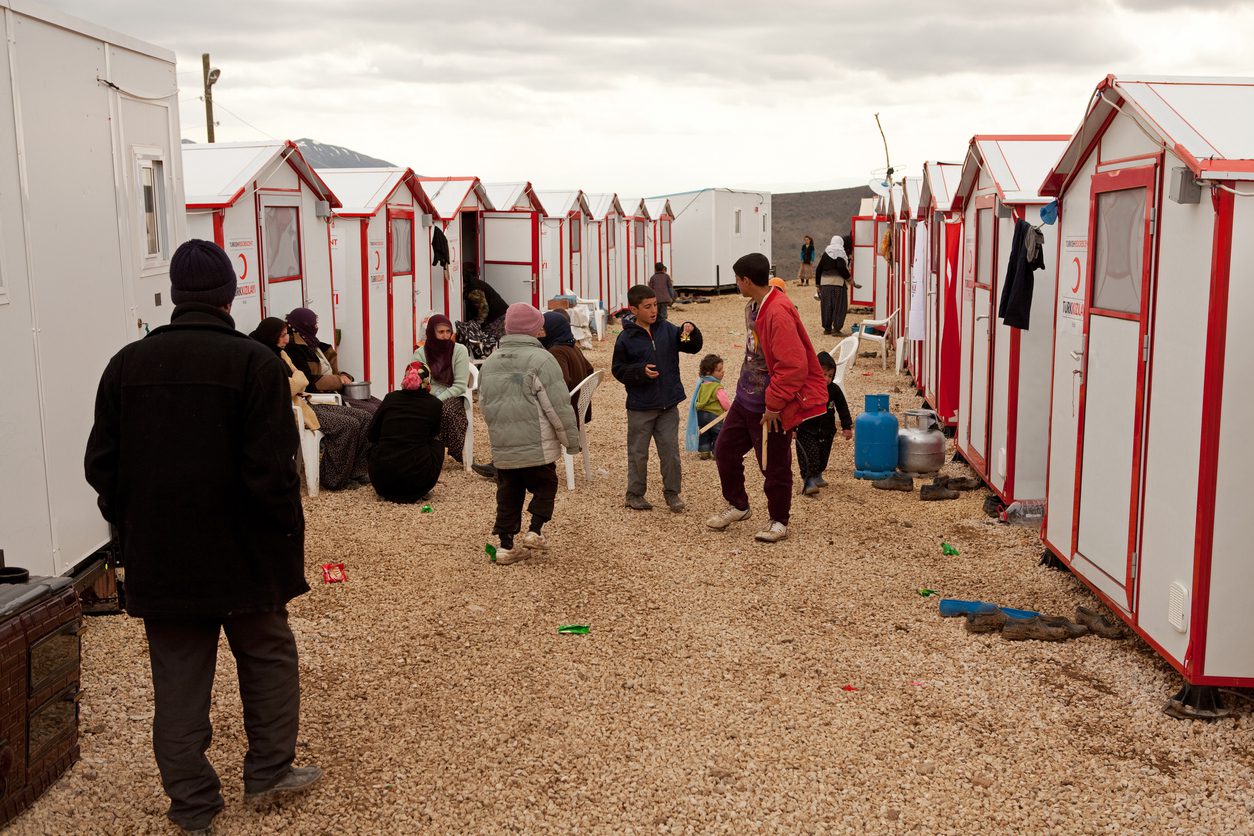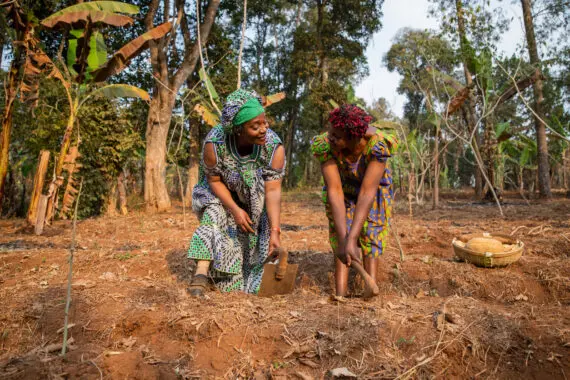By Isabel Vander Molen
Bread for the World’s new campaign Nourishing Our Future emphasizes preventing and ending hunger among children. It is extremely important to take action to minimize the harm that climate change is currently causing children because, as Bread has pointed out, climate change is a leading cause of global hunger among children and adults alike.
Nearly half of the world’s children live in countries that are at extremely high risk from climate change. Whether climate change takes the form of a sudden disaster (such as a hurricane) or a slow-onset climate shock (such as drought), it affects hundreds of millions of children. It is not difficult to see how, when climate impacts are combined with preexisting social and economic problems, the most vulnerable children can be pushed into deeper hunger, malnutrition, and poverty.
Losing access to essential resources can easily create a cycle of vulnerability, because these are the things that enable children to build up their resilience and their capacity to adapt to difficult circumstances. As the United Nations Children’s Fund (UNICEF) points out, the climate crisis is a children’s rights crisis. UNICEF describes the multitudes of ways the climate crisis can impact children specifically and has created a Children’s Climate Index. Already, for example, the education of an estimated 40 million children is disrupted every year, whether from physical destruction of schools or impassible routes to walk there, or less directly from being forced to drop out of school to earn even minimal extra income to help their families survive because of the impact of climate change.
The families most at risk of being forced to leave their homes in search of food are those who had the fewest material resources to begin with, especially those whose governments have little capacity to meet their emergency needs. The quickening pace of climate-induced displacement and migration is because increasing numbers of people are caught in desperate situations with few options.
Approximately 32 million people were internally displaced by disasters in 2022. In displacement contexts, children are at increased risk of family separation, trauma, loss of access to education, exploitation and abuse, and violence.
Acting to Protect Children
Bread recommends actions that the United States can take to help reduce the toll of climate change on children. Some are included here, while others will be discussed in future articles on child hunger and climate change.
As most people now understand, the U.S. and other top producers of greenhouse gas emissions must reduce them as quickly as possible, reaching net zero emissions by 2050 at the latest. The consequences of not doing so are, in one word, grim. Exactly how climate change will affect migration depends, of course, on the world’s success in reducing emissions, but the U.N. International Organization on Migration (IOM) reports that by 2050, as many as 216 million people could be forcibly displaced within their own countries.
The U.S. can contribute to closing funding shortfalls for low-income countries. As Bread and many others have argued, the communities suffering the most from climate change are those who have contributed the least to greenhouse gas emissions. A good example is Madagascar, whose 2022 hunger crisis was caused largely by climate change, although its greenhouse gas emissions are less than 0.01 percent—that’s one in 10,000—of the world total.
One fund established recently is the Loss and Damage Fund (LDF). Countries that are eligible to receive resources from the LDF are developing countries that are particularly vulnerable to the adverse effects of climate change.
But the needs far outweigh the projected funding available. Climate adaptation includes a wide range of actions taken to build resilience to climate change impacts—for example, using drought-resistant seeds or improving weather advisory systems. The cost estimate to build resilience sufficiently to protect the populations of low-income countries is more than $194 billion annually.
The United States could also facilitate debt relief for low-income countries that urgently need to take climate adaptation measures. Enabling governments to spend more on social safety systems would help build children’s resilience to climate shocks. According to UNICEF’s model, improved health and nutrition services could considerably reduce overall climate risk for 460 million children.
Isabel Vander Molen is a climate-hunger fellow, Policy and Research Institute, with Bread for the World.



